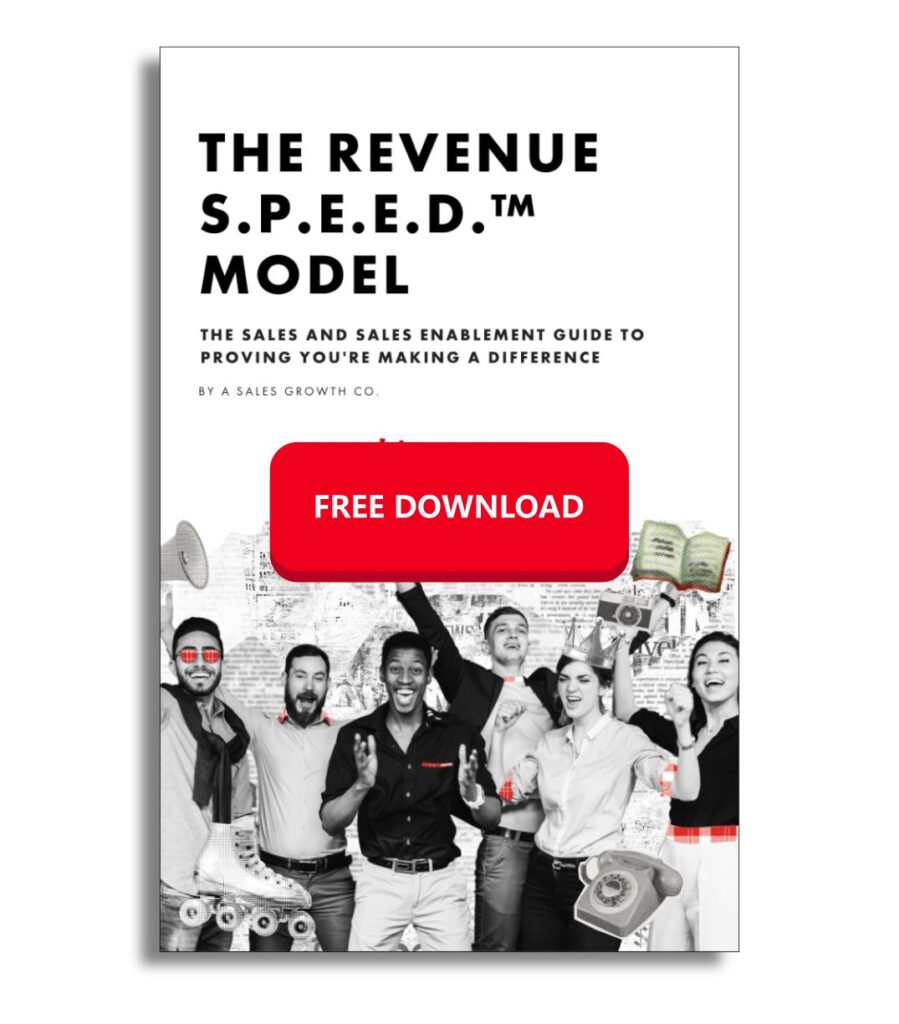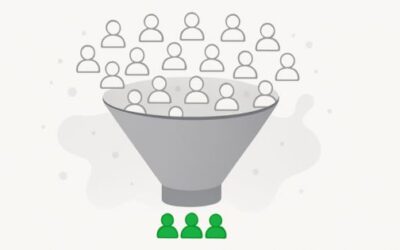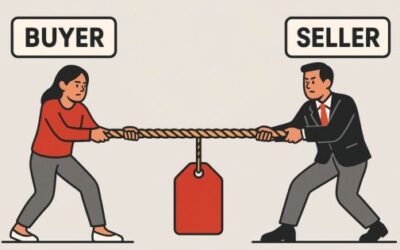Sales forecasts suck. They’re constantly inaccurate and consistently a thorn in the side of every sales leader. Despite investments in the latest CRM add-ons, forecast tools, and “new and improved processes” sales leaders always seem to find themselves struggling to predict revenue with any legitimate confidence.
Because of this, we find teams setting the bar too high or too low in terms of quota and pipeline coverage and it all stems from poorly handled forecasts.
Simply put, the root of this problem is in the approach sales teams take to the forecasting process. Traditionally, projections were, and still are, based on deal stages, close dates, and that gut instinct from reps.
No matter how promising a deal may seem based on its stage or forecasted close date, when a seller is lacking actual insight into the buyer’s current situation, challenges, and decision criteria, you’re guessing at best. Reps need tangible visibility into the buyer’s perspective and quantifiable motivation factors to concretely determine the likeliness of close.
Rich buyer data is the gear that cranks the forecasting engine. Without it, deals stall, leaving the rep, manager, and leadership scratching their head wondering what went wrong.
Flaws in Traditional Sales Forecasting
For decades, sales forecasting has relied on rudimentary data in the CRM – deal stage, close date, deal size, etc. Layer this with the “feeling” the rep has and you’ve built a traditional forecasting approach.
To put it bluntly – f*ck your feelings. Deal stages are subjective categories that vary from business to business and product to product. They tell you nothing of substance about the buyer’s situation. Close dates are an estimate that often give too much weight to quota timelines than buyer readiness. Relying on rep gut feel gives human biases and tendencies toward optimism a voice in your forecast.
Even with advancements in CRM systems, we continue to rely on sparse data inputs which still fail to provide a level of deal intel required for an accurate forecast. Insight into the buyer’s objectives, barriers, and process are left unaccounted for. Questions like “what steps are needed for this deal to materialize” remain unanswered.
The end result: an inflated forecast, plagued by uncertainty, vulnerable to constant fluctuations as deals get pushed and re-evaluated.
Buyer Input Data
The ASG Revenue S.P.E.E.D. Model was designed to fix the flaws plaguing sales organizations. One of which is inaccurate sales forecasting. This model recognizes that the key to accurate forecasting lies in a deep understanding of the buyer’s situation. Superficial deal data like stage and close date is insufficient. Instead, sales organizations must focus on rich, firsthand insights, or what we call Buyer Input Data.
Buyer Input Data, no not BANT, calls for reps to capture information that has historically been proven to move a deal forward. Information like:
The buyer’s key business challenges, their impacts, and the root causes
The tangible costs of inaction and the impacts of maintaining the status quo
The consequences of inactions compared to the outcomes they’re hoping to achieve
This level of buyer intelligence provides the context and depth missing from traditional forecasts. No longer relying on assumptions made by reps or managers, the sales team has an evidence and data based view into the buyer’s situation, needs, and motivations. Sales teams are now in a position to assess an opportunity’s potential for closing.
Opportunities where the salesperson has uncovered and documented buyer’s problems and the ROI for their solution have a far higher likelihood of closing than vague, superficial information focused opportunities.
Additionally, as this buyer data becomes an integrated part of the forecasting process, it highlights the deal markers that characterize the sales cycles and win rates of past closed opportunities. This allows sales teams to uncover the “signatures” of high-probability deals.
Rather than the crossing of fingers and hoping deals close by their projected close dates, the S.P.E.E.D. approach and buyer data implementation provides an evidence-based means of pipeline evaluation.
Integrating Buyer Input Data into Sales Forecasting
So that all sounds good on paper, but how does this actually work? Opportunity scoring. Rather than stage weightings, the S.P.E.E.D. model requires a system to score and evaluate each deal based on the depth of buyer intelligence that’s been collected.
Start with a 3 tier system, i.e. red, yellow, green, determined by the completeness of specific buyer data points. An opportunity where the rep has failed to identify and document key details like business problems, preferred outcomes, or economic impacts is marked red, partial coverage across these areas is yellow, and complete or nearly complete coverage is rated as green. Green deals having the highest likelihood of closing.
With this data, sales teams can now map the historical win rates, deal size, and sales cycles length of deal in each category. Noted Analytics data across their clients indicates that “green” deals have a close rate of 61% compared to yellow and red deals at 17% and 7% respectively.
Green deals also are nearly double the average contract size and close 3 times faster than yellow deals and are triple the average contract size of red deals. With this sort of system in place, we now have relevant, predictive intelligence into our forecasts.
Leveraging Historical Data
While scoring opportunities based on current buyer input data is a significant step forward in forecast accuracy, creating this connection also creates a way to compare historical data. Most sales organizations don’t have the capability to thoroughly analyze the buyer data patterns in their past closed-won and closed-lost deals. Or, they simply don’t do it. But they should.
Comprehensively mining historical information gives sales teams the chance to pinpoint specific buyer data points that drive or hurt close rates. They can definitively quantify the impacts of having certain pieces of information, measuring how win rates were affected by having specific pieces of information.
For example, an analysis may reveal 85% of deals closed when a rep successfully collected the buyer’s internal decision process and economic impacts of their current situation. Or that an ROI of 3:1 increased the speed to close by 60%.
With these correlations at leaderships fingertips, sales organizations can optimize and weight the buyer input data scoring criteria and lean in on what they know helps move deals forward.
It’s time to do away with inaccurate sales forecasts based on feelings and arbitrary sales stages. Sales organizations need to start using the data that’s right in front of them. Building a top to bottom data machine, adjusting, and streamlining processes starts with knowing which data is moving the needle.



0 Comments